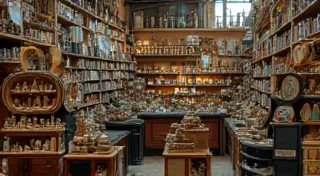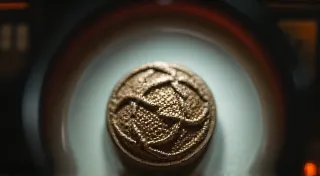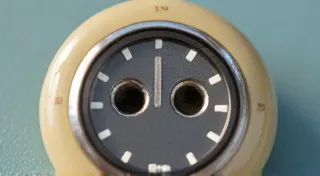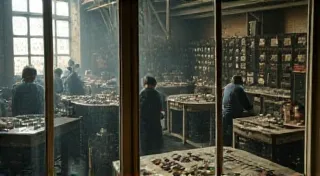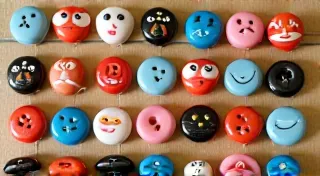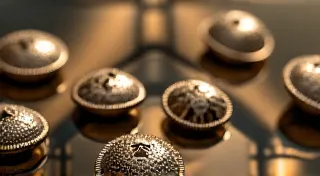Collecting Mourning Buttons: Symbols of Remembrance and Victorian Elegance
The Victorian era (1837-1901) was marked by a complex and deeply ingrained culture of mourning. Loss was an ever-present reality, and elaborate rituals and practices developed to acknowledge grief and honor the departed. While mourning jewelry – jet necklaces, lockets containing hair, and rings – are well-known aspects of this tradition, mourning buttons offer a fascinating, and often overlooked, piece of the puzzle. Collecting these buttons provides a unique window into Victorian society, its customs, and its artistry.
The Rise of Mourning Buttons
Following the death of Princess Charlotte in 1817, a wave of public mourning swept across Britain. This event, and subsequent royal deaths, led to the formalization of mourning customs, including designated periods of dress and jewelry. Buttons, being a functional and decorative element of clothing, readily lent themselves to this practice. Initially, mourning buttons were often plain black glass or horn, but as the Victorian era progressed, increasingly elaborate and ornate designs emerged. The affordability of buttons also meant they were accessible to a broader range of people, not just the wealthy.
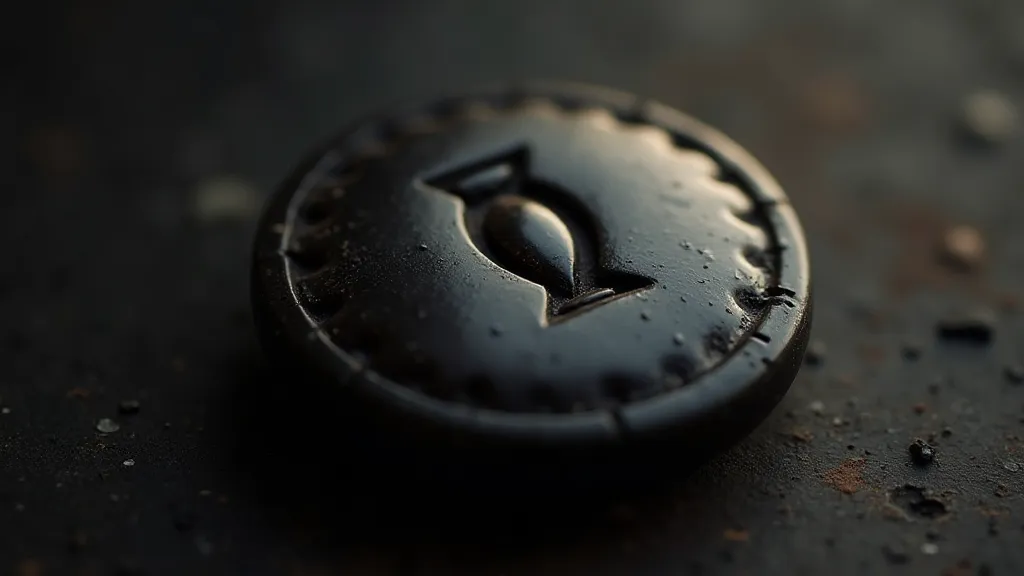
Symbolism of Mourning Buttons
Victorian mourning buttons were rich in symbolism, communicating the depth of grief and respect for the deceased. Here are some of the most common motifs:
- Urns: Perhaps the most iconic symbol, urns represented the vessel containing the ashes of the departed.
- Weeping Willow: The weeping willow tree was a universal symbol of mourning and sorrow.
- Roses: While roses could signify beauty and life, in mourning contexts, they often represented the brevity of life and the beauty lost. Black roses were particularly significant.
- Wings: Represented the soul ascending to heaven.
- Doves: Similar to wings, doves symbolized peace and the soul's journey.
- Crosses & Religious Symbols: Reflected faith and hope for eternal life.
- "Memento Mori" inscriptions: Latin phrases like “Memento Mori” (“Remember You Must Die”) were sometimes inscribed on buttons, a reminder of mortality.
Materials and Construction
Mourning buttons were crafted from a variety of materials, each contributing to their appearance and value:
- Jet: A dark, fossilized wood, jet was highly prized for its deep black color and glossy finish. Jet buttons are generally considered more valuable.
- Onyx: Another dark, banded stone that provided a similar aesthetic to jet.
- Black Glass: A more affordable alternative to jet and onyx.
- Horn: Often used for less ornate buttons.
- Spun Glass: A type of black glass that appeared almost like a fiber.
- Ebonite: A type of hard rubber that was dyed black.
The construction of mourning buttons varied; they could be flat, raised, or three-dimensional, and often featured intricate carvings or embellishments. Shank buttons (with a loop on the back for attachment to clothing) were common, as were flat buttons with pierced designs.
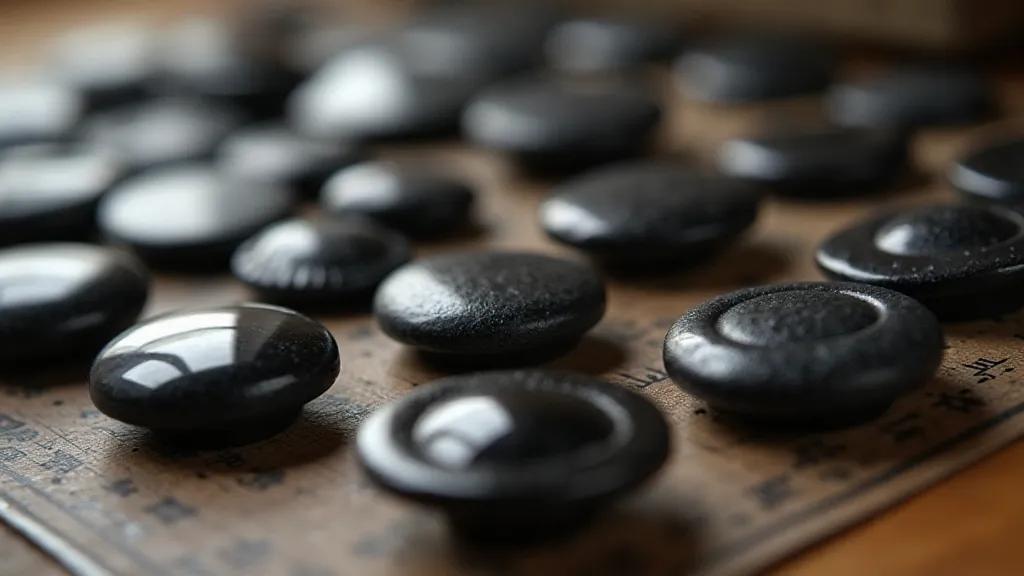
Identifying and Valuing Mourning Buttons
Identifying mourning buttons requires careful observation of the material, design, and markings. Here are some tips:
- Material Identification: Jet is heavier than glass and has a unique luster. Onyx often exhibits banding.
- Design Analysis: Look for the common mourning motifs described above.
- Markings: While rare, some mourning buttons may be marked with the maker's name or a hallmark.
- Condition: Condition is a key factor in determining value. Buttons in excellent condition, with minimal wear and tear, are more valuable.
Value can vary greatly depending on the material, rarity, design complexity, and condition. Jet mourning buttons are generally the most valuable, followed by onyx. Plain black glass buttons are typically the least valuable. A well-preserved, intricately designed jet mourning button can command a significant price in the antique market.
Collecting Tips
For those new to collecting mourning buttons:
- Start with Research: Familiarize yourself with the common symbols, materials, and construction techniques.
- Focus on a Niche: Consider specializing in a particular type of mourning button, such as jet buttons or buttons with a specific motif.
- Attend Auctions and Antique Shows: These are excellent venues for finding mourning buttons.
- Network with Other Collectors: Join online forums or attend collector gatherings to share information and learn from others.
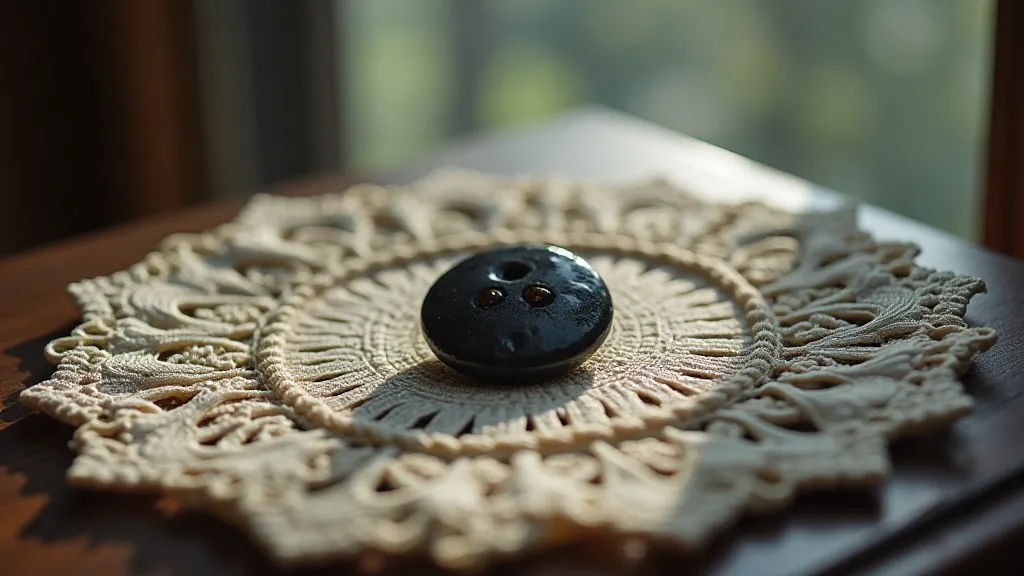
Collecting mourning buttons offers a fascinating glimpse into the customs and artistry of the Victorian era. These small objects, imbued with meaning and symbolism, serve as poignant reminders of a time when grief was openly acknowledged and beautifully expressed.
